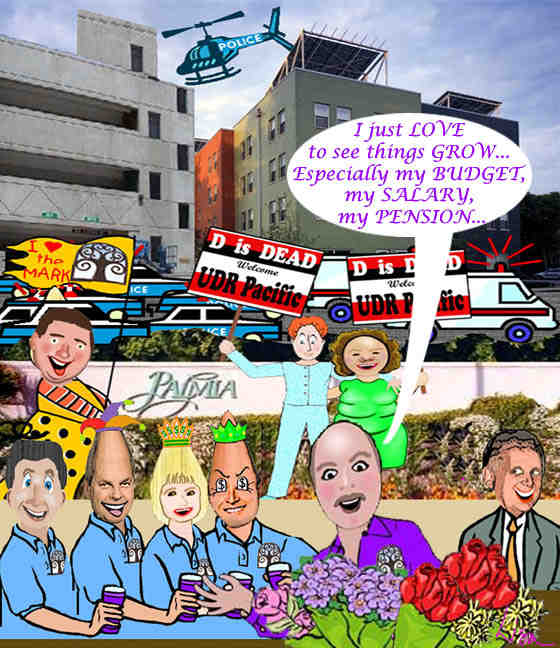|
|
|
What Does it Take to Become a ‘Tree City USA’? Part Two Last week we learned the basic requirements to become a “Tree City USA.” Most outstanding is the need to establish a Community Forestry Program with an annual budget of at least $2 per capita. In January 2010, the population of Mission Viejo was 100,725. So in 2010, being a Tree City USA cost at least $201,450 of your tax dollars.
More than $200,000 was made available for the city’s “Forestry Program” last year. Is that “FREE”? And now, with the construction of high-density housing, the population will increase dramatically, boosting the Tree City USA maintenance budget even higher. By June 2011, the Mission Viejo city budget shortfall is estimated to be $2.4 million. In addition, simply restoring our streets to a reasonable standard will cost an estimated $80 million. Obviously, the city needs to cut back on unnecessary spending. So, what does it really take to become a “Tree City USA”? A fiscally irresponsible and hopelessly gullible city council and city administrators willing to actively promote municipal bankruptcy. |
||
 |
||